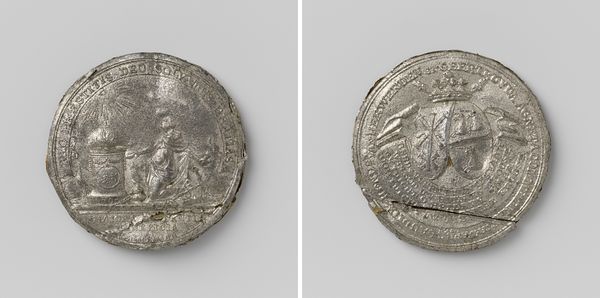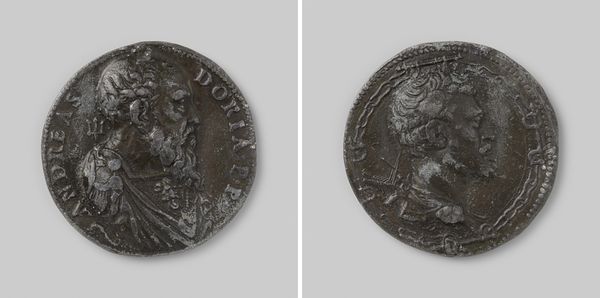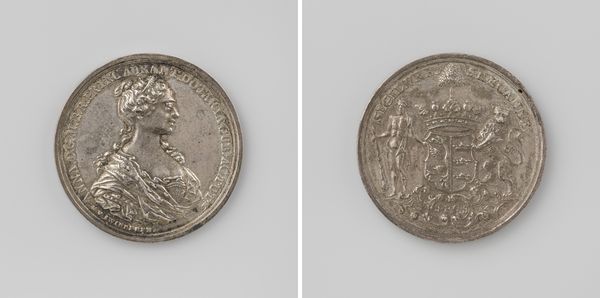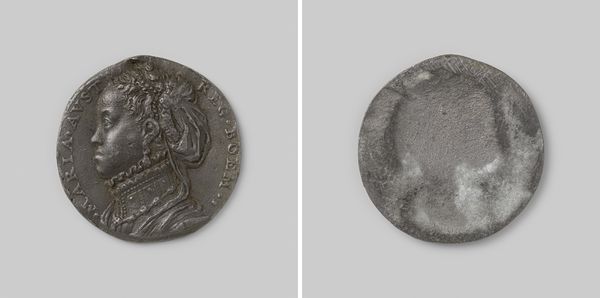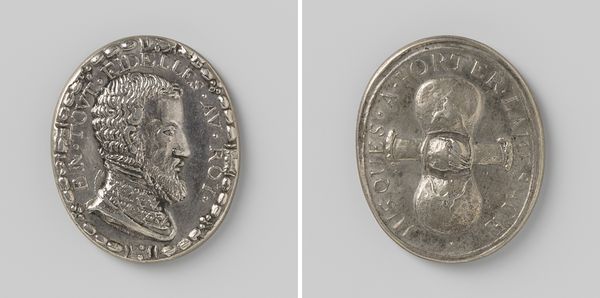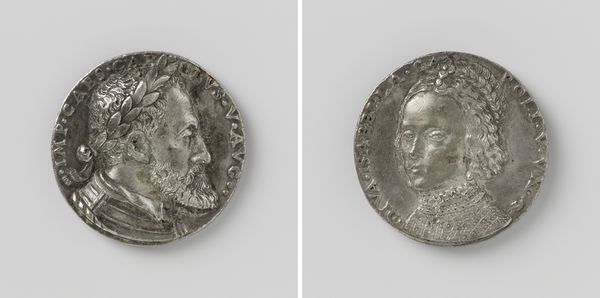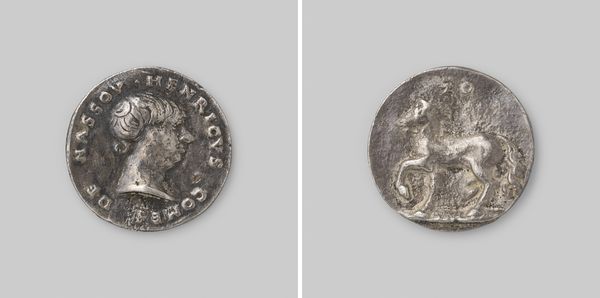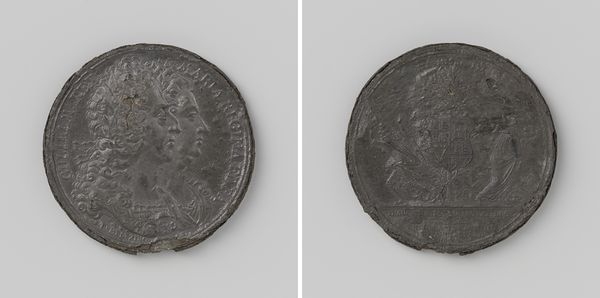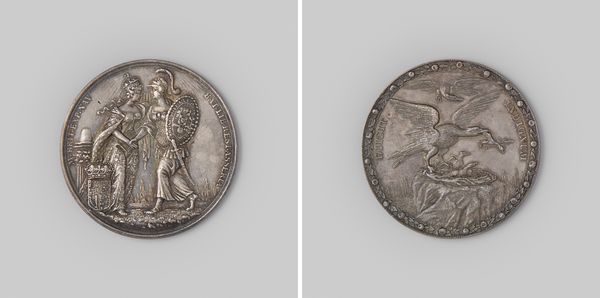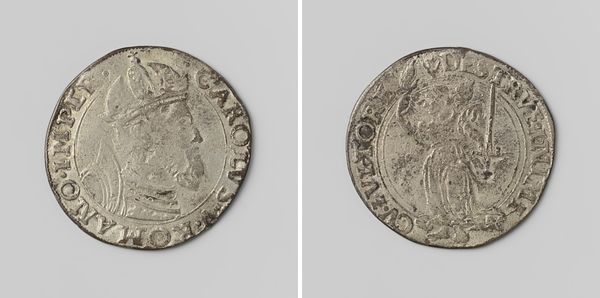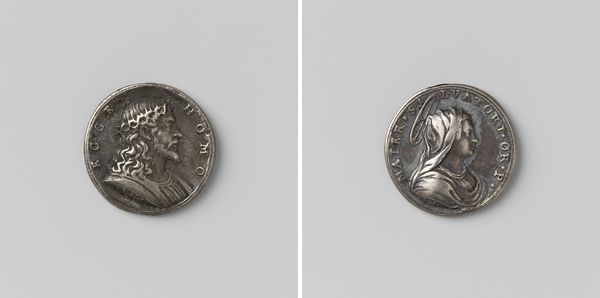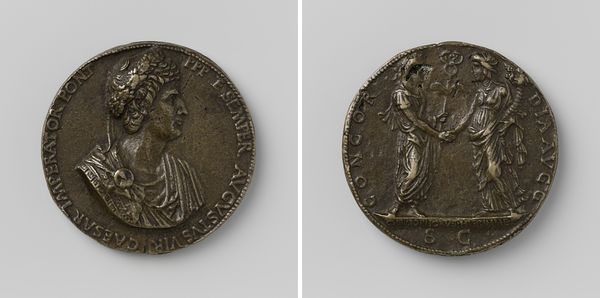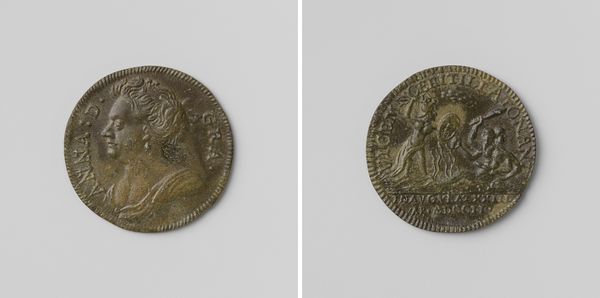
metal, relief
#
portrait
#
medieval
#
metal
#
relief
Dimensions: diameter 3.5 cm, weight 17.33 gr
Copyright: Rijks Museum: Open Domain
Editor: Here we have "Charles V, Holy Roman Emperor," a metal relief created around 1556. There's a stoic quality to his portrait, and it appears as a medallion. What aspects strike you most about this piece? Curator: Looking at this medal, it’s crucial to consider the materiality. The choice of metal - and the laborious process of creating the relief itself - speaks volumes about the sitter's power and status. It wasn't simply about representation but about the active crafting of a ruler’s image through carefully chosen, valuable, and manipulated materials. Editor: So, the medal's value as material contributes to his portrayal? Curator: Precisely. The cost and labor involved highlight Charles V’s wealth and control. How might the medal have been made? Considering that, what do you think the original distribution of such a work have been like? Editor: It makes me think about how portraits function so differently today, with things like mass-produced photographs or digital images. It's interesting how the act of owning the piece, even multiple editions for display or diplomatic gift-giving, communicated something back then. Curator: Yes, the tactile quality is essential! It also brings up an interesting point about its function versus fine art. Was it intended as propaganda or historical artifact, and does that distinction matter, or is it, in fact, an artistic expression through craft? What statement was being made, from the perspective of both the patron and the artisan who produced it? Editor: I had thought of it primarily as a portrait, but considering its creation, it blurs the lines between art, craft, and even political messaging. Thank you! Curator: Absolutely. Reflecting on the object's manufacturing really shifts our understanding.
Comments
No comments
Be the first to comment and join the conversation on the ultimate creative platform.
